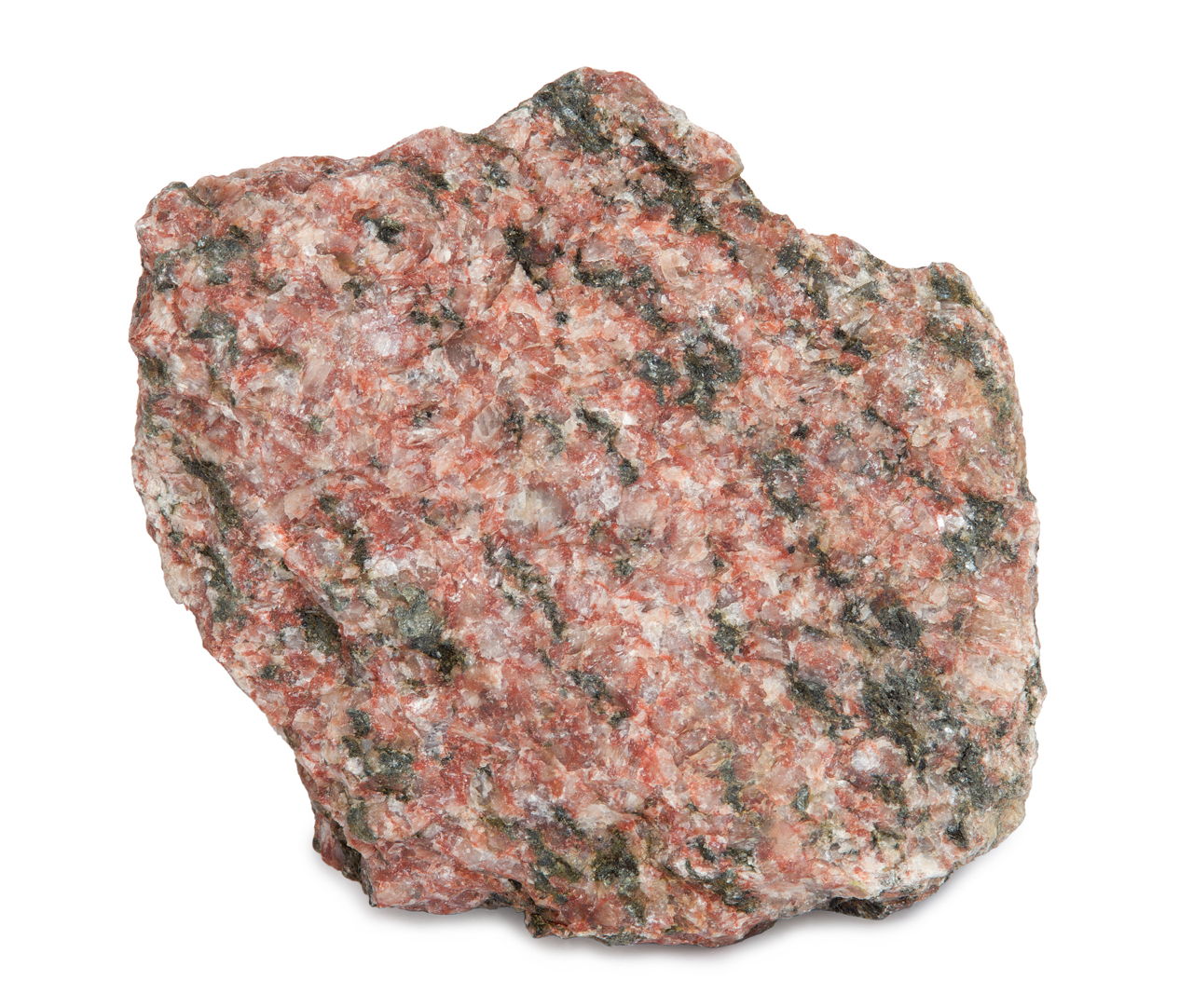
Ever wondered what secrets lie within the stones under our feet? Granite, not just your average kitchen countertop material, holds a world of mysteries and marvels that stretch back millions of years. Granite is more than just a pretty face; it's a geological wonder that has fascinated scientists and stone enthusiasts alike. From its fiery formation deep within the Earth's crust to its role in shaping the landscapes we see today, granite's story is as enduring as the rock itself. But what makes granite so special? Why do geologists and enthusiasts get all revved up about this particular type of rock? Well, buckle up, because we're about to take a whirlwind tour through 12 fascinating facts about granite that will rock your world!
Key Takeaways:
- Granite, an ancient and abundant rock, forms from slow-cooling magma and contains quartz, feldspar, and other minerals, giving it a unique speckled appearance and a range of colors.
- Granite's durability, beauty, and resistance to weathering make it ideal for construction, from ancient temples to modern countertops, flooring, and natural landscapes, supporting local economies and offering endless design possibilities.
What is Granite?
Granite stands as one of Earth's oldest and most abundant rocks. This natural stone forms from the slow crystallization of magma below Earth's surface. Composed mainly of quartz and feldspar, it can also contain mica, amphiboles, and other minerals. This composition gives granite its unique speckled appearance and a range of colors, from pink to gray.
How Granite Forms
-
Granite originates deep within Earth's crust. Over millions of years, magma cools slowly, allowing large crystals to form. This process results in the coarse-grained texture that characterizes granite.
-
Pressure plays a crucial role in granite formation. As continental plates collide, they push materials deep below the surface, where granite forms.
-
Water found in magma helps minerals dissolve and re-crystallize, aiding the formation of granite's large, interlocking crystals.
Granite's Role in Construction
Granite has been a favored material in construction for thousands of years. Its durability, beauty, and resistance to weathering make it ideal for buildings, monuments, and interior designs.
-
Ancient civilizations, including the Egyptians and Romans, used granite for constructing temples, obelisks, and other structures that still stand today.
-
Modern uses of granite include countertops, flooring, and as an aggregate in concrete. Its natural beauty adds elegance to any space, while its strength ensures longevity.
Granite and Continental Drift
-
Granite plays a key role in the theory of continental drift. Continents ride on plates of less dense granite, floating on a sea of denser basalt.
-
The distribution of granite formations across continents has provided evidence for the movement of these plates over geological time.
Granite in Nature
-
Beyond its use in construction, granite forms some of the most breathtaking natural landscapes. Famous granite landmarks include Yosemite Valley's El Capitan and the Rocky Mountains.
-
Granite weathers at a slower rate compared to other rocks, which is why many mountain ranges and natural monuments retain their majestic appearance over millennia.
The Economic Importance of Granite
-
Granite mining is a significant industry in many countries. It creates jobs and supports local economies.
-
With advancements in technology, quarrying granite has become more efficient, reducing waste and minimizing environmental impact.
Granite's Variety
- The color and texture of granite vary depending on its mineral composition and where it was formed. This diversity makes each granite piece unique, offering endless design possibilities.
A Final Glimpse at Granite's Marvels
Granite's journey from deep within Earth's crust to our kitchens and monuments is nothing short of remarkable. This durable, beautiful stone has not only shaped the face of our planet but also our civilizations. From ancient pyramids to modern skyscrapers, granite has been a cornerstone, quite literally, in architecture and design. Its variety in color and pattern means no two pieces are ever the same, offering a unique touch wherever used. Geology enthusiasts and casual admirers alike can appreciate granite's contribution to both the natural world and human craftsmanship. Next time you encounter a granite countertop or a cobblestone path, remember the incredible geological processes and human ingenuity that brought it to you. Granite, with its enduring qualities, continues to tell the story of Earth's dynamic history and humanity's creativity.
Frequently Asked Questions
Was this page helpful?
Our commitment to delivering trustworthy and engaging content is at the heart of what we do. Each fact on our site is contributed by real users like you, bringing a wealth of diverse insights and information. To ensure the highest standards of accuracy and reliability, our dedicated editors meticulously review each submission. This process guarantees that the facts we share are not only fascinating but also credible. Trust in our commitment to quality and authenticity as you explore and learn with us.


